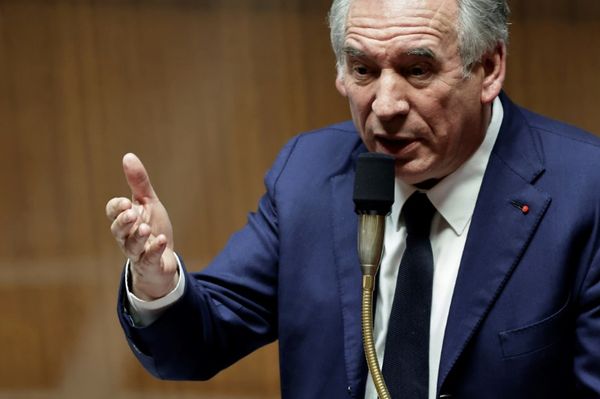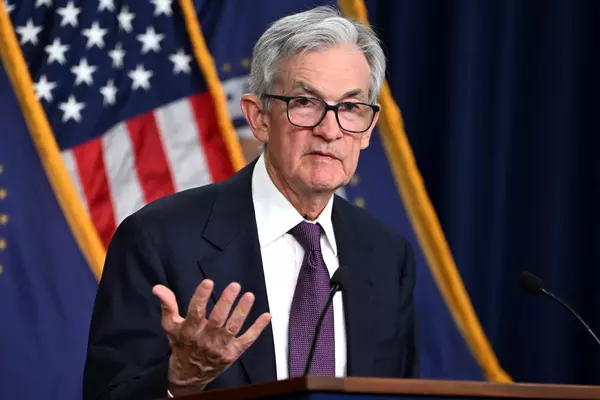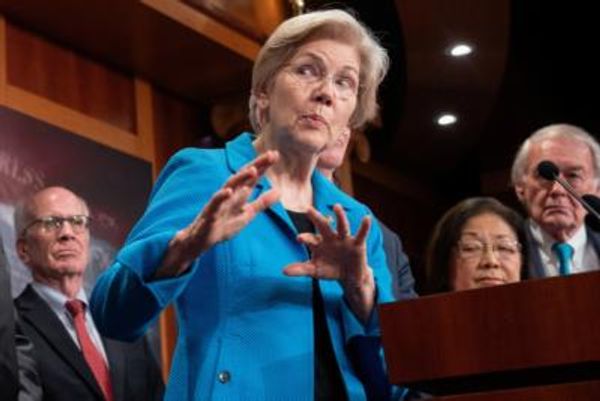The crowd erupted with cheers and applause — if you had your eyes closed, you wouldn’t have noticed the attendants of the rally easily averaged at over 50 years old. Following the lead of Taiwan’s former Premier William Lai (賴清德), a sea of silver-haired audience chanted in unison, “Tsai Ing-wen (蔡英文), re-election! Tsai Ing-wen…”
A few weeks ago, Lai attended an election rally campaigning for Taiwan’s President Tsai Ing-wen in northern California. He spoke to a crowd of approximately 200 Taiwanese with the sole message of keeping Tsai in office for another four years. The entire speech was delivered in Taiwanese-Hokkien, a language that resonated most with his audience.
“The primaries have ended, now is the time to unite. We now need to work together to protect our sovereignty by re-electing President Tsai and becoming the majority party. Can we do this together?” Lai asked the crowd.
Lai’s message of party unity echoed among his wooed audience, yet he may have more trouble believing in his own words.
It is no secret that Lai shares a strained relationship with Tsai since they butted heads in the Democratic Progressive Party (DPP) primaries. Following his defeat, he has shied away from media attention and the DPP’s 2020 re-election efforts — until now. Despite his disagreement with Tsai, he sees the perils of losing the executive branch to Kuomintang (KMT) and Tsai’s re-election as a political maneuver for the greater good of the party. Yet, not everyone shares Lai’s foresight.

Pan-Green Coalition 101
Taiwan’s political party system is often simplified as a two-party system, despite the presence of multiple parties. The party system can indeed be divided into two general coalitions: the pan-blue and pan-green camps. While there are no true leaders for either coalition, the political ideologies of both coalitions largely surround those of the DPP (green) and the KMT (blue), as they are often offshoots of the two dominant parties.
In the pan-green coalition specifically, various political parties are on a spectrum from being deep-green to light-green. While deep-green voters are pro-Taiwan hardliners who support a more radical approach in claiming independence, “light-green” voters are more accepting of the status quo as the Republic of China, Taiwan.
To place politicians into context, President Tsai is easily one of the leading pan-green figures, driving the DPP and its now more centrist approach. On the deep end of the green spectrum is former Vice President Anette Lu (呂秀蓮), who had declared to run in the 2020 presidential race only to withdraw her bid recently for failing to gather enough petition signatures. The light greens, although harder to define, could include politicians outside of the DPP but are still somewhat aligned with the pan-green coalition, such as Huang Kuo-chang (黃國昌) from the New Power Party (NPP).
Despite falling under one green umbrella, the coalition is loosely organized, as parties are often in competition with one another. The deep-green voters have criticized President Tsai for "Kuomintang-nizing" the DPP, calling her a “closet KMT politician” and even attempting to sabotage her incumbency.
Third-wave parties like the NPP and Taiwan People’s Party (TPP) also actively compete with the DPP for light-green votes, further weakening the coalition. Though these divisions have long been present, the tension and lack of unity have only increased in recent years.

The Shifting “Taiwan” Narrative
Days before Lai’s appearance in NorCal, President Tsai gave the National Day address on October 10, in which she invoked the title “Republic of China Taiwan” and said it was the greatest consensus among Taiwanese society that’s neither green nor blue. Apart from reaffirming the importance of resisting China’s authoritarian oppression, President Tsai’s choice of diction has given green supporters much to ponder upon.
A brief look at the usage of “Taiwan” according to past presidents would show an evolving narrative:
- “The Republic of China is in Taiwan,” said Lee Teng-Hui (李登輝) in a speech titled Always in My Heart delivered at Cornell University in 1995. According to his interpretation, Taiwan was already a sovereign country and the ROC did not include China, therefore it was needless to redeclare Taiwan’s independence.
- “The Republic of China is Taiwan,” said Chen Shui-bian (陳水扁) in the 2004 National Day address. He further asserted that the ROC and Taiwan were one and the same and that “the sovereignty of the ROC is vested with the 23 million people of Taiwan” alone.
- Ma Ying-jeou (馬英九), in his 2015 National Day address, reiterated "one China, respective interpretations," rejecting the previous pro-independence narratives. Instead, he reminded the nation of its proud history as the ROC and highlighted the significance of maintaining a close relationship with mainland China.
Tsai’s new narrative of "Republic of China Taiwan" neither condones nor rejects the KMT perspective. Her acknowledgment of the loaded term is perhaps another step to appeal to the median voters. However, this may also further alienate her from the pan-green supporters who feel disoriented.

A Divided Green and Its Implications
Considering the political divide, green voters are unlikely to see eye to eye with Tsai’s direction for the DPP. But Tsai may be their only choice against the common opponent — the KMT — in the 2020 presidential election. Recent polls have placed Tsai far in the lead, yet the DPP may be facing greater problems looking beyond 2020 than losing the presidency.
Considering all shades of green, the DPP may have to worry about consolidating power against the pan-blue camp and losing local to legislative seats to smaller parties. If progressive voters are given more options apart from the DPP, they are likely to disregard their party affiliation.
Ironically, the KMT has also been facing problems with regrouping after the KMT presidential primary fiasco. Public support for both political parties has generally decreased, according to a recent poll conducted by the Taiwan Public Opinion Foundation, as more voters ceasing to have a party preference.
While the KMT faces temporary issues in leadership, the DPP is struggling with an all-out identity crisis. It risks losing support from deep-green figures such as William Lai but also needs to win the hearts of the median voters. At the same time, smaller parties on the rise may continue to split votes from the DPP. Stuck in the political quagmire, the DPP risks losing support each day without taking direct action.
To embrace its traditional pro-Taiwan ideology, to venture further into the political center, or to cut ties from its deep-green brothers and sisters — regardless of the direction the party chooses, the DPP will need to act fast, even if it means to make tough sacrifices.
READ NEXT: Will Taiwan’s Indigenous Population Vote Differently in 2020?
TNL Editor: Patrick Peng, Daphne K. Lee (@thenewslensintl)
If you enjoyed this article and want to receive more story updates in your news feed, please be sure to follow our Facebook.







